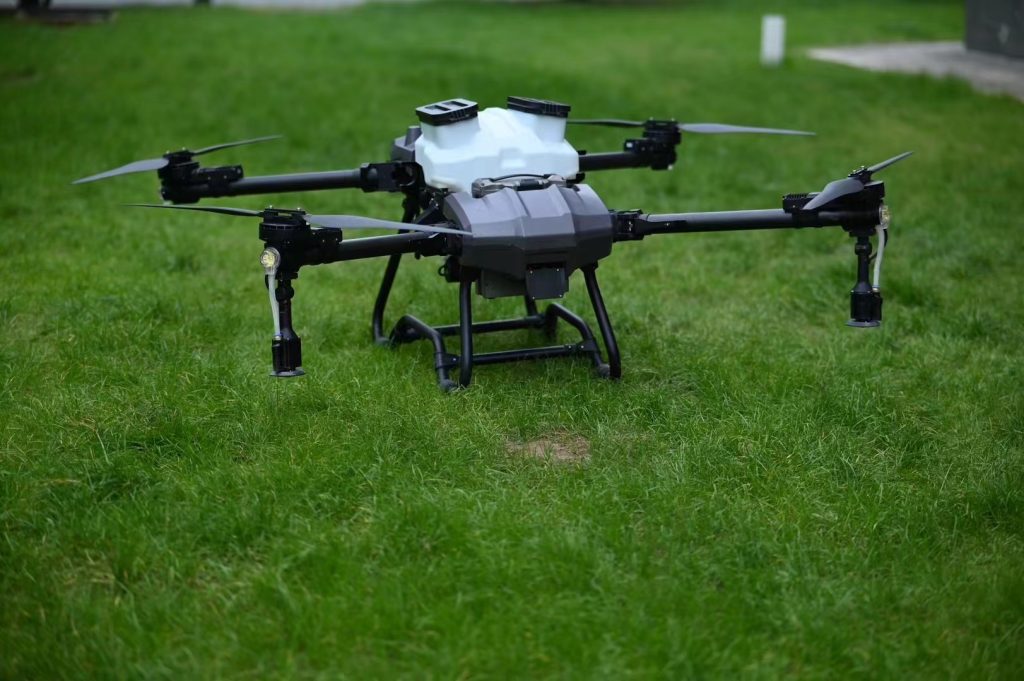
As global agriculture grapples with the demand to feed 10 billion people by 2050, large-scale farms—spanning tens of thousands of acres—face a critical bottleneck: how to protect crops efficiently, sustainably, and cost-effectively at unprecedented speed. Traditional spraying methods (tractors, manned aircraft, manual labor) crumble under the weight of scale: they’re slow, wasteful, and incompatible with labor shortages or environmental regulations.
Enter high-capacity spray drones: heavy-duty unmanned aerial vehicles (UAVs) engineered to dominate mega-fields with massive liquid payloads, extended flight times, and AI-driven precision. These drones aren’t just scaled-up versions of smaller agricultural UAVs—they’re purpose-built to solve the unique challenges of large-scale farming, where “covering ground” and “doing it right” are non-negotiable.
What Defines a “High-Capacity” Spray Drone?
High-capacity spray drones are distinguished by three core attributes that enable them to outperform smaller systems:
1. Massive Liquid Payloads
While standard agricultural drones carry 5–20 liters of liquid, high-capacity models haul 20–60 liters per tank—enough to spray 10–30 acres in a single flight. Some industrial-grade drones even support twin tanks (up to 100 liters) for non-stop operations.
2. Extended Flight Times
Equipped with powerful motors and high-energy batteries (or hybrid power systems), these drones fly 40–90 minutes per charge—covering 200–500 acres daily. This eliminates the need for frequent refills, critical for large farms where downtime equals lost yield.
3. Scalable Spraying Systems
High-capacity drones integrate industrial-grade nozzles and variable-rate technology (VRT) to deliver precise, high-volume applications. They can switch between “blanket spray” (for large uniform fields) and “spot spray” (for pest hotspots) without sacrificing efficiency.
Core Technologies Enabling High-Capacity Performance
To achieve mega-field dominance, these drones rely on cutting-edge tech that balances power, precision, and sustainability:
1. Power Systems: Longevity Meets Power
The biggest challenge for high-capacity drones is keeping them aloft long enough to cover vast areas. Solutions include:
-
High-Density Lithium-Ion Batteries: Pack 2–3x more energy than standard drone batteries, enabling 60–90-minute flights.
-
Hybrid Power Trains: Combine batteries with small gasoline engines for extended range (up to 1,000 acres per mission). Ideal for remote farms with no charging infrastructure.
-
Fast Charging Stations: Deployable on farms to recharge fleets in 15–30 minutes—minimizing downtime.
2. Spraying Systems: Precision at Scale
High-capacity drones don’t just “spray more”—they “spray smarter”:
-
Industrial Nozzles: Produce 200–400 micron droplets (larger than standard drones but still drift-resistant) to cover more area per pass.
-
High-Output Pumps: Deliver 10–20 liters per minute—matching the flow rate of small tractor sprayers but with pinpoint accuracy.
-
Variable-Rate Technology (VRT): Integrates with multispectral sensors to adjust spray volume in real time. For example:
-
Infected Zones: 10 L/acre of pesticide to target soybean aphids.
-
Healthy Zones: 2 L/acre of preventive fungicide.This cuts chemical waste by 40–60% compared to blanket spraying.
-
3. Navigation & Autonomy: Conquering Mega-Fields
Large farms demand unerring accuracy and fleet coordination:
-
RTK-GPS: Provides centimeter-level accuracy, ensuring drones follow pre-programmed “grid” patterns without drifting. Critical for avoiding overlaps in 10,000-acre fields.
-
Swarm Intelligence: AI divides mega-fields into 50–100 acre “cells,” assigning each drone a zone. Fleets of 50+ drones can spray 10,000 acres in a day—equivalent to 100 tractor passes.
-
Vision-Based Collision Avoidance: Forward and downward-facing cameras let drones “see” obstacles (trees, power lines, wildlife) and adjust course in real time—essential for fields bordered by forests or rural roads.
4. Sensing & Data Integration: Farming from the Cloud
High-capacity drones are data hubs that turn spraying into a learning tool:
-
Multispectral Cameras: Generate NDVI (Normalized Difference Vegetation Index) maps to identify stressed plants (pests, diseases, drought).
-
Real-Time Adjustments: If a drone detects rain via weather APIs, it pauses spraying to avoid washout.
-
Fleet Analytics: A single operator monitors 50+ drones from a laptop, tracking battery life, spray volume, and progress across multiple fields.
Transformative Benefits for Mega-Farms
High-capacity spray drones solve the “scale vs. sustainability” paradox—delivering speed, precision, and cost-effectiveness for the world’s largest farms:
1. Speed: Stop Outbreaks Before They Destroy Crops
Pests like soybean aphids or corn borers spread at 2–3 miles per day. High-capacity drones act as a “first line of defense”:
-
A swarm of 20 drones can spray 5,000 acres in 8 hours—stopping an aphid outbreak before it reduces yields by 20%.
-
In Brazil’s Mato Grosso soybean belt, farmers use these drones to spray within 12 hours of a pest alert—cutting losses from 15% to 3%.
2. Cost-Effectiveness: Lower Inputs, Higher Returns
By reducing waste and labor, high-capacity drones slash costs:
-
Chemical Savings: 40–60% less pesticide use—saving $50,000/year for a 10,000-acre farm.
-
Labor Reduction: Replace 20 manual sprayers with 2 drone operators—cutting labor costs by 70%.
-
Yield Increases: Healthier plants produce more. A North Dakota wheat farm reported a 12% yield increase after switching to high-capacity drones—fewer fungal infections damaged heads.
3. Sustainability: Protecting Ecosystems at Scale
Large farms have a bigger environmental footprint—high-capacity drones minimize it:
-
Less Runoff: Micro-droplets stick to leaves—no excess chemical drips into soil or waterways.
-
No Soil Compaction: Drones fly—no heavy machinery crushing roots or reducing soil health.
-
Lower Carbon Emissions: Replace 100 tractor passes with 1 drone swarm—cutting fuel use by 80%.
4. Scalability: Growing More with Less
As the global population grows, high-capacity drones enable farms to produce more food on existing land:
-
Double Cropping: Faster spraying allows farmers to plant and treat a second crop (e.g., wheat after soybeans) in the same season—boosting income by 30%.
-
Marginal Land: Drones can spray rocky or uneven fields that tractors can’t reach—expanding arable land without clearing forests.
Real-World Impact: High-Capacity Drones in Action
These drones are already transforming mega-farms worldwide:
1. Soybean Farm, Mato Grosso, Brazil
A 50,000-acre farm struggling with soybean rust used high-capacity drones with twin 50-liter tanks. Results:
-
Spray Time: Reduced from 3 weeks to 4 days.
-
Chemical Use: Down 55%.
-
Yield: Up 18%—because the drone stopped rust before it destroyed leaves.
2. Corn Belt Farm, Iowa, USA
A 20,000-acre farm used high-capacity drones to target corn rootworm. Results:
-
Targeted Treatment: Only 30% of the field needed spraying (vs. 100% with tractors).
-
Root Damage: Reduced by 40%.
-
Carbon Footprint: Lowered by 25%—fewer tractor passes.
3. Wheat Farm, Punjab, India
A 15,000-acre farm facing water scarcity used high-capacity drones to spray a moisture-retaining polymer. Results:
-
Water Use: Down 30%.
-
Yield: Up 10%—healthier plants produced more grain.
Challenges: Pathways to Wider Adoption
Despite their potential, high-capacity spray drones face hurdles:
1. Battery & Power Limits
Even with advanced batteries, flight times remain a constraint for the largest farms. Hybrid power trains (battery + gasoline) are a stopgap, but true breakthroughs require solid-state batteries (5x longer life) or hydrogen fuel cells (zero emissions).
2. Regulatory Complexity
Airspace rules vary by country:
-
U.S. (FAA): Limits swarm size to 55 pounds and requires Part 107 certification for pilots.
-
EU (EASA): Restricts flight altitude to 120m and requires manual oversight for large swarms.
-
India: Recently relaxed rules but still requires permits for fleets larger than 10 drones.
Solution: Governments are adapting—Brazil now allows drone swarms up to 1,000 units for agricultural use.
3. Maintenance & Upkeep
High-capacity drones require specialized maintenance (e.g., battery calibration, nozzle cleaning). Drone-as-a-Service (DaaS) models—where local operators manage fleets—are bridging this gap—farmers pay per acre, no upfront cost.
The Future: Even Bigger, Smarter Spraying
High-capacity spray drones are just the beginning. Here’s what’s next:
1. AI-Powered Autonomy
Drones will use real-time data (weather, pest forecasts, soil moisture) to adjust spraying mid-flight. For example:
-
If a cold front hits, the drone switches to a “freeze protect” spray.
-
If a new pest outbreak is detected via satellite, the drone targets that area immediately.
2. Next-Gen Power Systems
Solid-state batteries and hydrogen fuel cells will extend flight time to 60+ minutes—covering 200+ acres per charge. This will make high-capacity drones viable for the largest farms on Earth.
3. IoT Integration
Drones will connect with soil sensors, weather stations, and ground robots:
-
Soil Sensors: Detect low phosphorus → drone sprays a targeted phosphorus solution.
-
Weather Stations: Predict drought → drone activates precision irrigation.
4. Sustainability at Scale
High-capacity drones will help mega-farms achieve carbon neutrality:
-
Less tractor use → lower fuel emissions.
-
Targeted chemical use → less runoff → healthier ecosystems.
Conclusion: High-Capacity Drones Are the Backbone of Mega-Farm Sustainability
High-capacity spray drones are more than technology—they’re a lifeline for the world’s largest farms. They solve the challenges of scale: covering vast acres quickly, reducing waste, and protecting the environment. For farmers, they mean lower costs, higher yields, and healthier livelihoods. For the planet, they mean less chemical runoff and a path to sustainable food production.
As a Brazilian soybean farmer put it: “Before high-capacity drones, I felt like I was fighting a losing battle with pests and weeds. Now, I spray smart, and my farm thrives.”
Mega-farms are the engine of global food production—and high-capacity spray drones are giving them a more efficient, sustainable, and profitable future. The sky’s the limit—for drones, and for the mega-farms they protect.
Final Stat: By 2030, high-capacity spray drones are projected to reduce global pesticide use in row crops by 30%—while increasing yields by 15%. This is the efficiency revolution agriculture needs to feed 10 billion people.
THE END

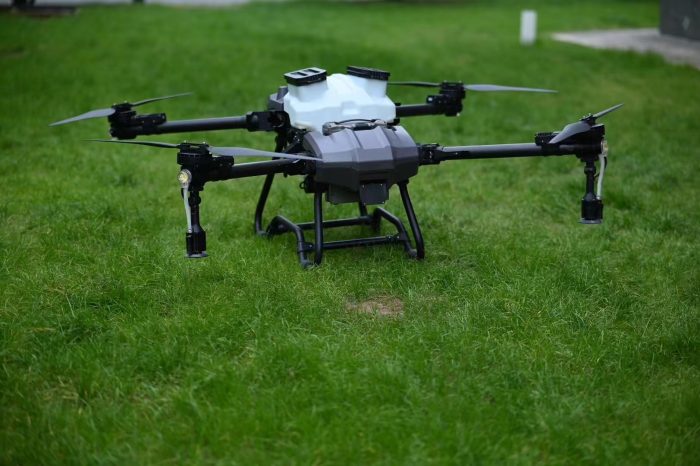
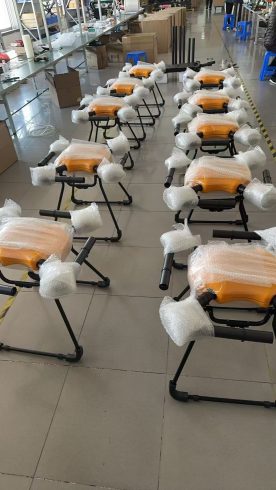
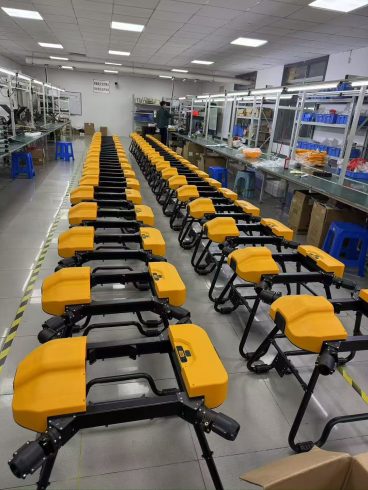


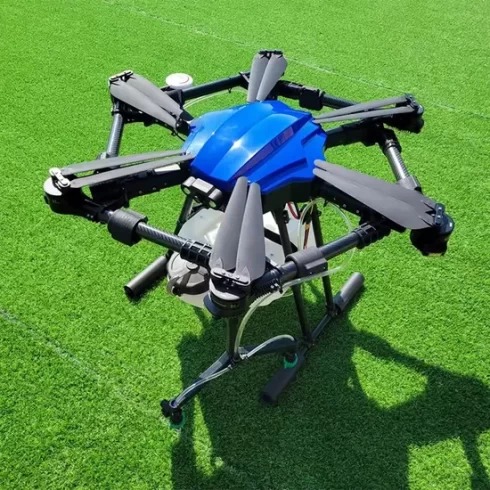

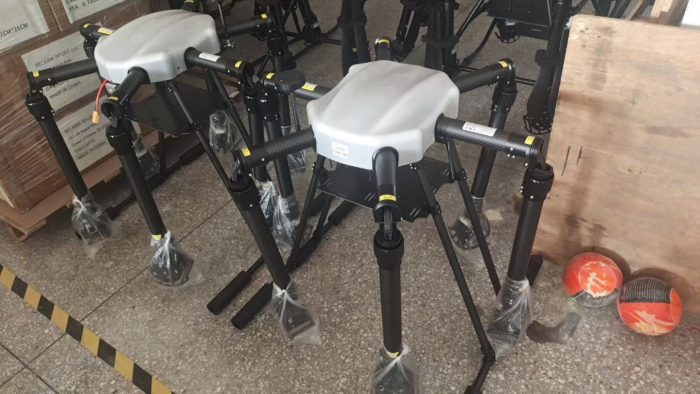

暂无评论内容